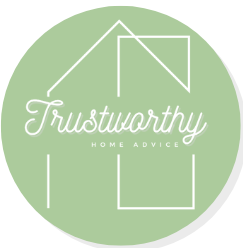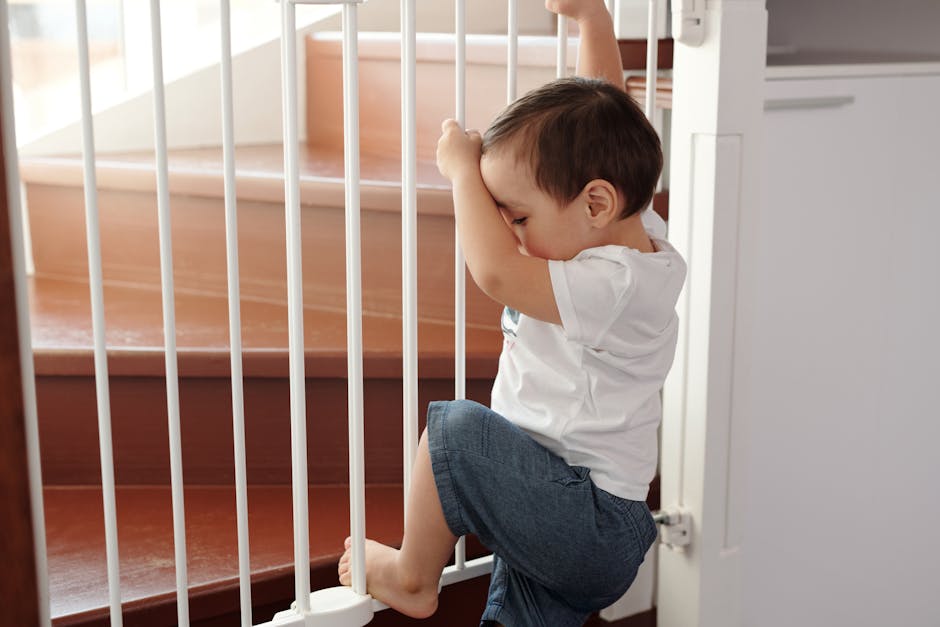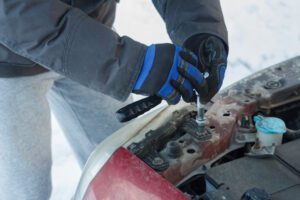Embarking on the journey to enhance your home’s safety can seem daunting at first, but with the right direction, it becomes an exciting path to peace of mind. Let’s dive in!
Understanding the Basics of Home Safety
Home safety is the cornerstone of a secure living environment, encompassing a range of measures designed to protect against accidents, intrusions, and other unforeseen incidents. It begins with recognizing potential hazards and taking preventative steps to mitigate risks, thereby ensuring the wellbeing of everyone under your roof.
Awareness is the first step. Identifying common hazards such as loose carpets, inadequate lighting, or fire risks allows you to address these issues before they become serious problems.
Conducting a Home Safety Audit
A home safety audit is a thorough examination of your residence to identify potential risks and vulnerabilities. By walking through your home with a critical eye, you can spot issues that might not be obvious during daily routines, such as malfunctioning smoke detectors or unsecured heavy furniture.
This process involves checking each room, including rarely used spaces like the attic or basement, for hazards. It’s also an opportunity to evaluate the effectiveness of existing safety measures, like fire extinguishers and security systems.
Compile a checklist of areas to review, including electrical systems, appliance functionality, and emergency escape plans. This organized approach ensures no aspect of home safety is overlooked.
Prioritizing Your Home Safety Improvements
After identifying potential hazards, the next step is to prioritize improvements based on the level of risk they pose. Addressing high-risk issues immediately, such as fixing a faulty wiring system, can prevent catastrophic outcomes.
Consider both the likelihood and potential impact of each identified risk when prioritizing. Some improvements may require professional assistance, while others can be managed with DIY solutions.
Implementing Fire Safety Measures
Fire safety is paramount in any home safety plan. Installing smoke detectors in key areas, including bedrooms and kitchens, ensures early warning during a fire. Test these devices monthly and replace batteries annually.
Keeping a fire extinguisher on each floor and familiarizing every household member with its use can make a significant difference during an emergency. Additionally, ensure that your home has clear and accessible escape routes in case of fire.
It’s also vital to avoid common fire hazards, such as leaving cooking unattended or overloading electrical outlets. Regularly inspect and maintain heating systems to prevent fire risks.
Securing Windows and Doors
Windows and doors are common entry points for intruders. Reinforcing these areas can significantly enhance your home’s security. Installing deadbolt locks on doors and locking mechanisms on windows adds an extra layer of safety.
Consider upgrading to high-security door locks and adding window security films to make glass harder to break. Adding motion sensor lighting around entryways also deters potential burglars.
Improving Electrical Safety
Electrical hazards pose significant risks in homes. Ensuring that your electrical system is up to code can prevent fires and electrocutions. Hire a licensed electrician to inspect your home’s electrical wiring, especially if your home is older or you’re experiencing frequent power issues.
Use power strips with built-in circuit breakers for added protection against surges. Avoid overloading outlets and keep cords away from water sources to minimize risks.
Regularly check appliances for frayed cords or faulty wiring and repair or replace them as necessary to maintain a safe electrical environment.
Childproofing for Young Families
For families with young children, childproofing is an essential aspect of home safety. Securing heavy furniture to walls and installing safety gates at staircases can prevent falls and injuries.
Cover electrical outlets, store household chemicals out of reach, and use corner protectors on sharp furniture edges. These measures protect curious children from common household dangers.
Maintaining a Safe Outdoor Area
The safety of outdoor areas is often overlooked. Regularly inspect walkways and driveways for cracks or uneven surfaces that could cause falls. Ensure that pools and hot tubs are securely fenced to prevent accidental drownings.
Keeping the yard free of debris and securing outdoor furniture can prevent accidents during windy conditions. When using outdoor lighting, make sure it is specifically designed for outdoor use to reduce the risk of fire.
Embracing Your Home Safety Journey
Securing your home is an ongoing journey, but starting with these fundamental improvements can significantly enhance your living space’s safety. Remember, the investment in home safety is invaluable, providing not just a secure environment but also peace of mind for you and your loved ones. Keep these home safety tips handy as you continue to make your home a safer place for everyone.





